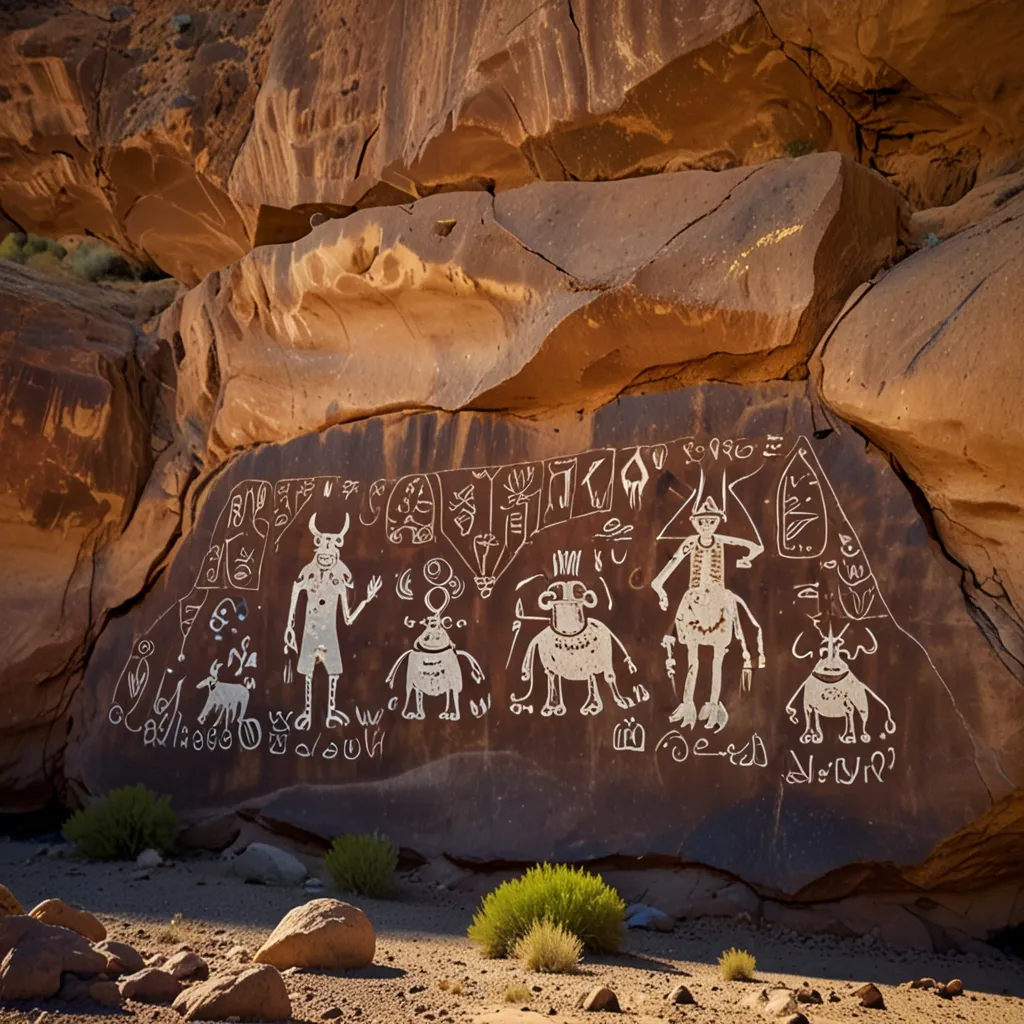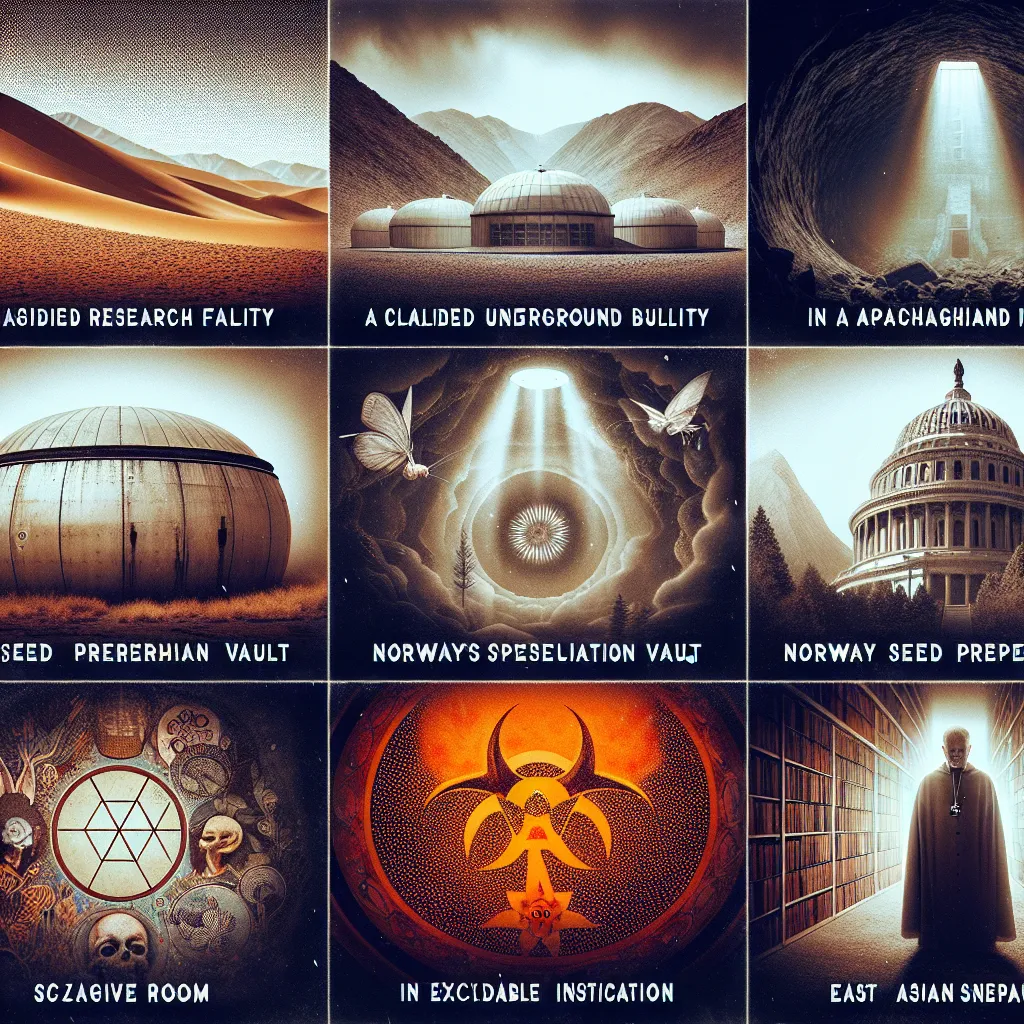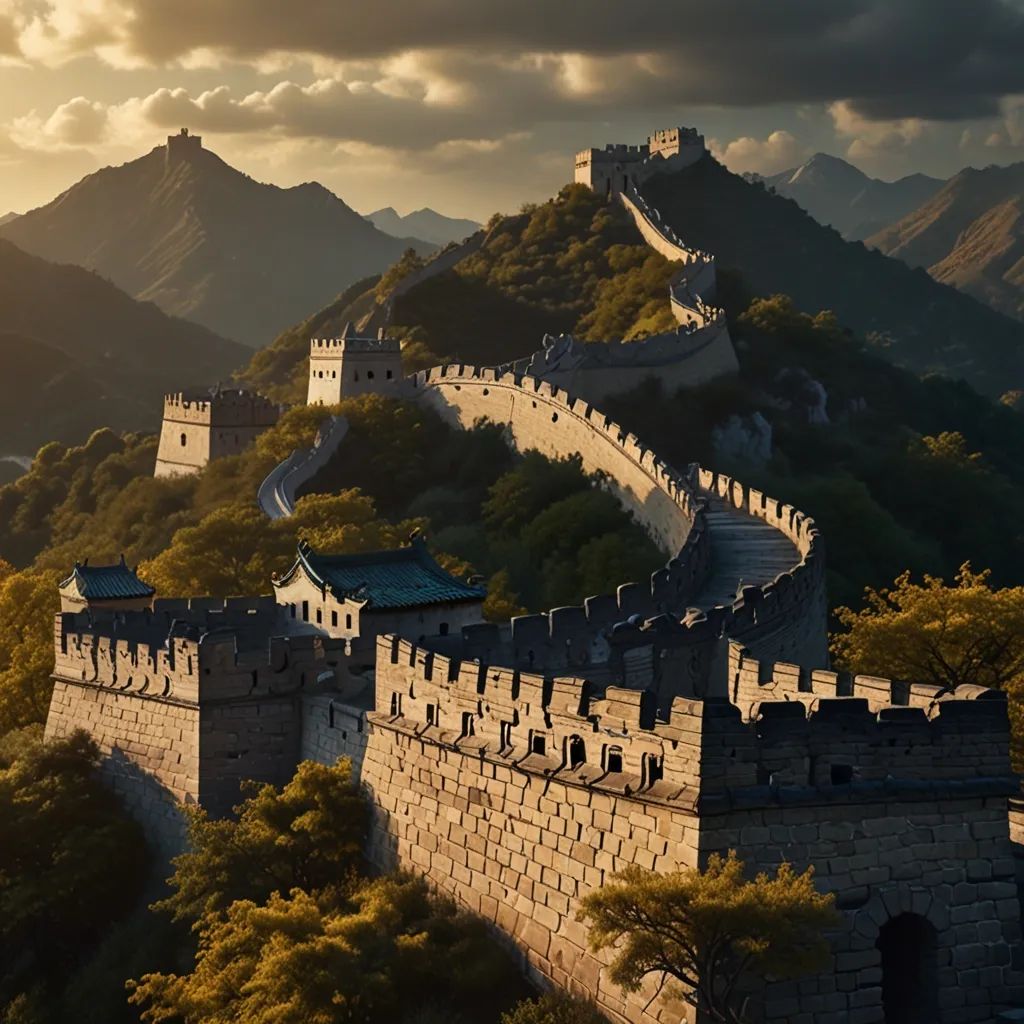In the heart of Western Nevada, back in 2013, something incredible surfaced near the dried-up Winnemucca Lake. Imagine researchers poking around layers of white carbonate that blanketed ancient petroglyphs. These weren’t just any petroglyphs carved into the limestone boulders. Radiocarbon tests run by the folks at the University of Colorado Boulder said these carvings were etched somewhere between 10,500 and 14,800 years ago. That’s like mind-blowing because it makes them the oldest known petroglyphs in North America.
Winnemucca Lake isn’t just another dried-up lake now; it’s a historical superstar hosting petroglyphs that date all the way back to 8,000 B.C. This is wild because these carvings are way older than anything from Mesopotamia’s Fertile Crescent by at least 3,000 years. And that’s saying something. You can’t help but raise your eyebrows and wonder about the artists behind these carvings. Were these early Americans documenting their interactions with extraterrestrials, perhaps? Some of the engravings look suspiciously like spirals, which you see often in ancient culture. People think these spirals might represent galaxies, sparking theories about whether these ancient folks knew they were part of a galaxy. Where did they get this information from? Maybe there were civilizations, not so unlike ours, thousands or even tens of thousands of years ago, now just ghostly whispers in the sands of time.
This realization brings forward the tantalizing question: do human civilizations rise and fall in cycles? With our appetite for conflict, will we someday become someone’s ancient folklore, too? Those petroglyphs, older than the earliest known Native American tribes, could be a testament to a forgotten civilization. And who knows, North America might still have more jaw-dropping secrets hidden away, waiting to be discovered.
Take the Grand Canyon, for example. Not just a majestic tourist trap, this 277-mile-long, mile-deep gorge in the American Southwest seems to hold onto its secrets rather tightly, especially in its more remote parts. One riveting tale dates back to 1909 when an explorer named G.E. Kinkaid was boating along the Colorado River. He noticed some weird stains on the east wall of the canyon gorge. Curiosity got the better of him, and he decided to take a closer look. What he found was nothing short of insane—a cave, but not just any cave. It appeared to be man-made.
Kinkaid probably thought he hit the jackpot and struck gold—literally. But as he climbed up and checked out the walls of the canyon, his head must’ve spun when he discovered a labyrinth of rooms and tunnels. These passageways snaked deep into the canyon walls, extending hundreds, maybe even thousands of feet. Picture this: stone tablets with Egyptian-style hieroglyphics, and then another chamber that contained a carved statue of Buddha sitting in a lotus position, holding a lotus flower in each hand. On top of that, there were all sorts of bronze statues and even mummies, looking like they’d been inspired by both Egyptian and Tibetan artistry. Naturally, Kinkaid came to believe he had unearthed some vast, secret city and its treasure troves hidden away in the Grand Canyon.
Buzzing with excitement, Kinkaid reportedly hustled to Phoenix, eager to spill the beans to a local newspaper reporter. He also alerted his employer, the Smithsonian Institution. They apparently took it seriously and dispatched an archaeologist named Jordan to examine the caves. According to the story, the Smithsonian began excavating and shipping out the artifacts to Washington D.C.
But then, out of the blue, everything went dark. There was no follow-up on the story. Kinkaid vanished from the public eye. To add more layers to the mystery, the caves were supposedly sealed with metal doors and gates. The National Park Service denies any knowledge of these caves or their entrances. And when you ask the Smithsonian about it today, they’ll flat-out say they have no record of a secret city in the Grand Canyon or an archaeologist named Jordan who worked for them. So, the knowledge of this supposed hidden city effectively disappeared from the annals of history.
Whether these tales from Winnemucca Lake or the Grand Canyon are factual discoveries or mere legends, they sure add a fascinating twist to the narrative of early North American civilizations. Just imagine what else might be lying under the layers of history, waiting for someone to uncover and rewrite what we think we know about the past.






